Product Features
- Hand-held Refractometer, used to measure the density of sugars in the solution, the Brix scale range is 0 to 90%.
- Widely used in Measurement Sugar Content of sugar, food, fruit, beverages Honey, etc.
- Equipped with Built-in ATC compensation Range (Automatic Temperature Compensation) from 10° to 30° to correct temperature discrepancies during use.
Specifications
- Measuring Range: 0-90% Brix
- Minimum Division: 0.5% Brix
- Accuracy: ±0.5%
- ATC compensation Range: 10°C~30°C (50°F~86°F)
- Reference Temperature: 20°C
- Durable and built to last long
- Uses ambient light only which means battery or power source is not required
- Heavy-duty and lightweight with its aluminum construction
- Easy to focus and calibrate
- Accurate testing results guaranteed
- Made with the highest and finest quality of aluminum & rubber that makes it lightweight
- Cushioned with soft & comfortable non-slip rubber
- Extremely easy-to-use and calibrate.
Packaging Details
- 1 x Refractometer
- 1 x Dropper
- 1x instruction manual
- 1x mini screwdriver
- 1x retail box
The refractometer is a well-established instrument used for measuring the water content of liquids. It measures the refractive index of the liquid, which changes according to the moisture content.
Moisture-related energy absorption of near-infrared light can be used for measuring the moisture content of solids, liquids, and gases. At a wavelength of 1.94 μm, energy absorption due to moisture is high, whereas at 1.7 μm, absorption due to moisture is 0. Therefore, measuring absorption at both 1.94 and 1.7 μm allows absorption due to components in the material other than water to be compensated for, and the resulting measurement is directly related to moisture content. The latest instruments use multiple-frequency infrared energy and have an even greater capability for eliminating the effect of components in the material other than water that absorb energy. Such multifrequency instruments also cope much better with variations in particle size in the measured material.
In alternative versions of this technique, energy is either transmitted through the material or reflected from its surface. In either case, materials that are either very dark or highly reflective give poor results. The technique is particularly attractive when applicable, because it is a noncontact method that can be used to monitor moisture content continuously at moisture levels up to 50%, with inaccuracy as low as ±0.1% in the measured moisture level.


 Health & Beauty
Health & Beauty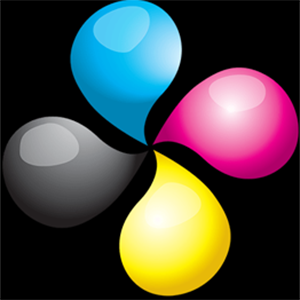
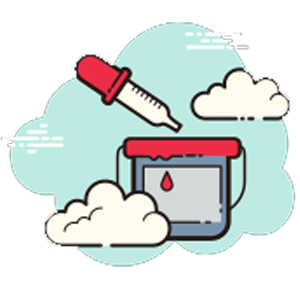
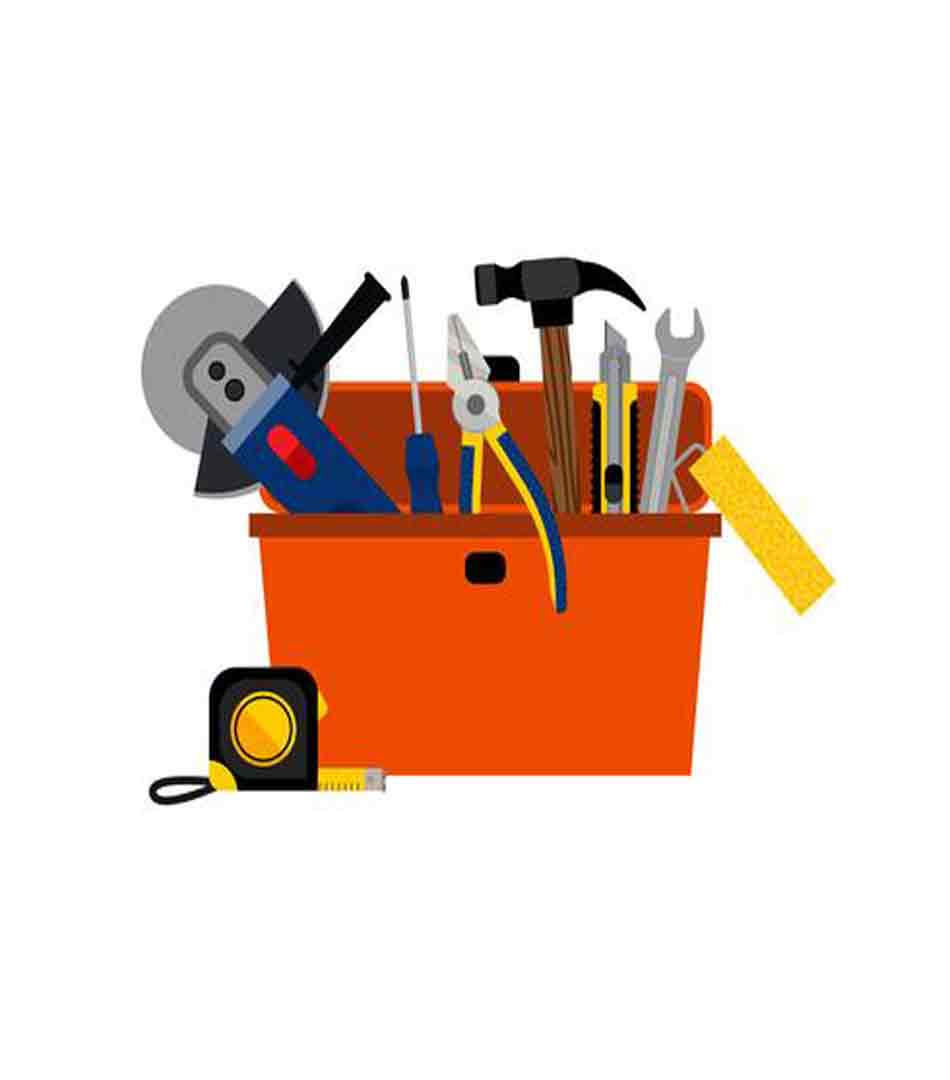
.png) Art & Painting
Art & Painting Hot Deals
Hot Deals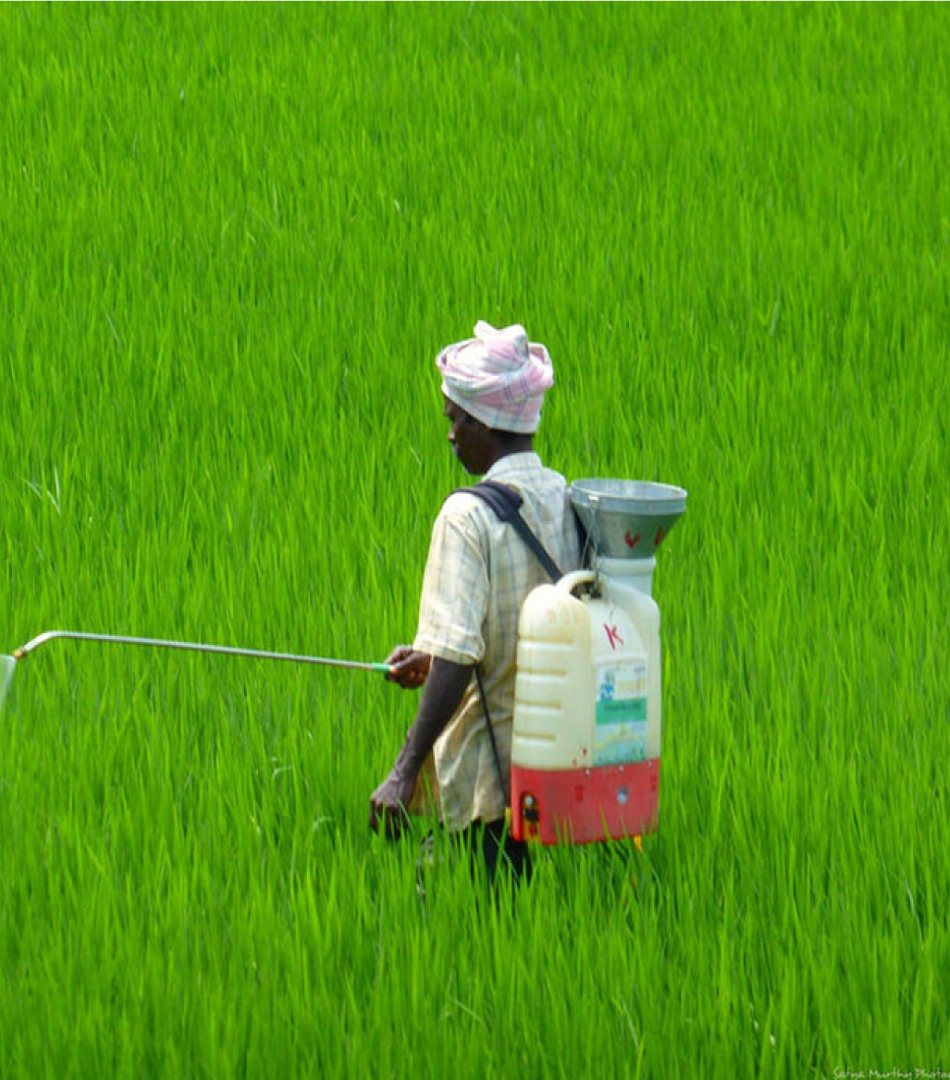
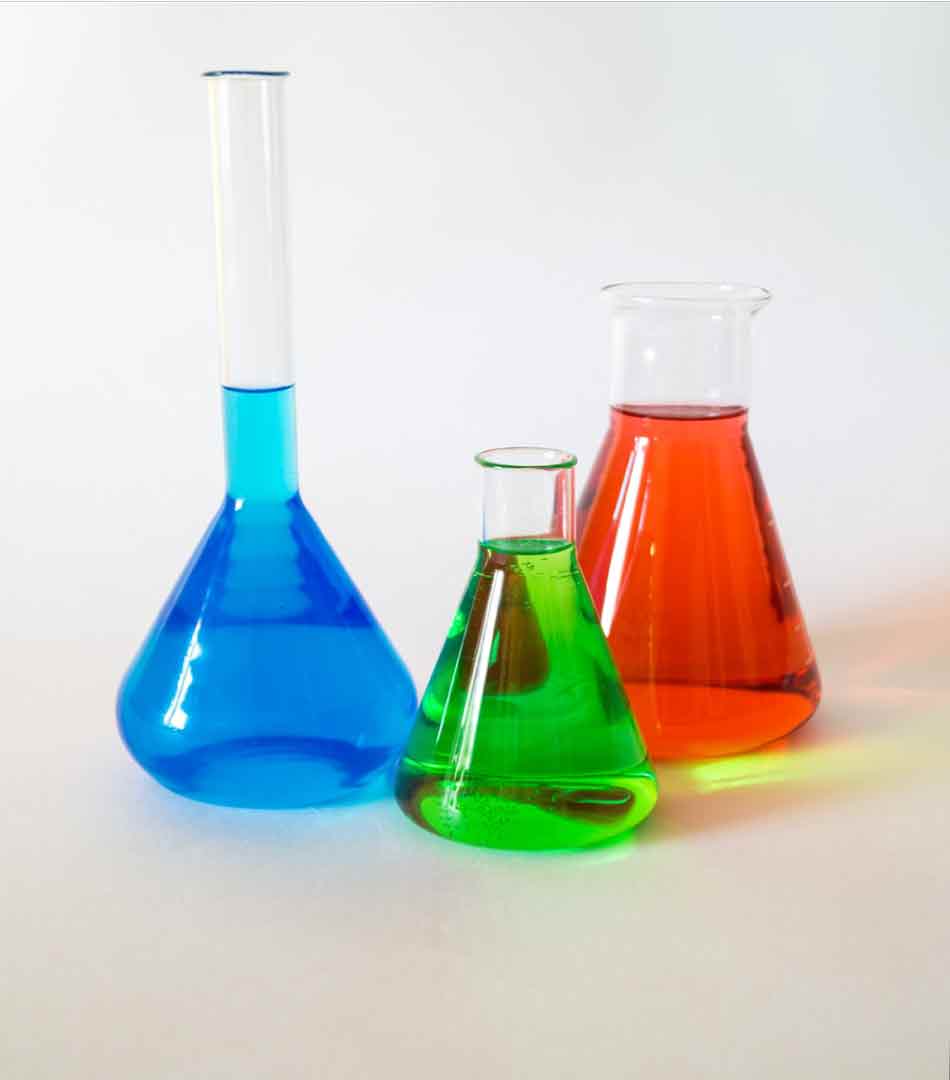
.png)
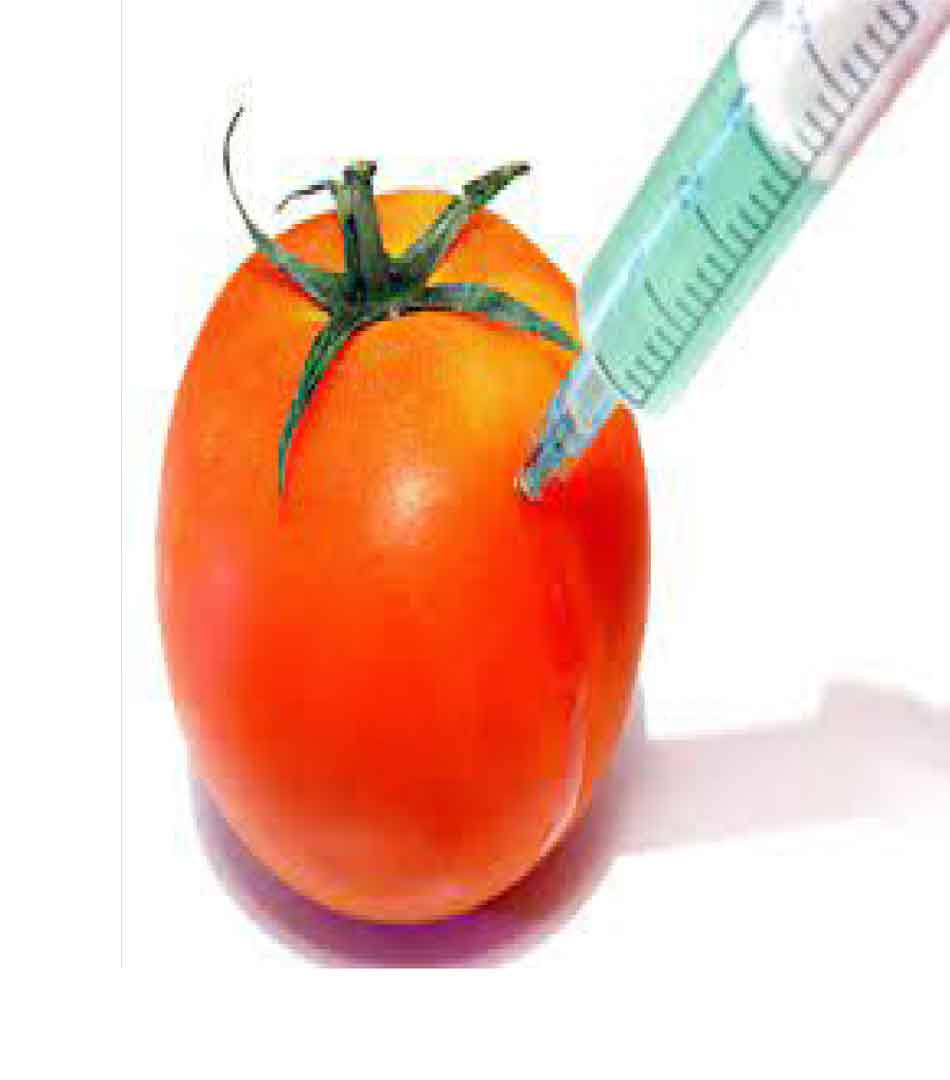
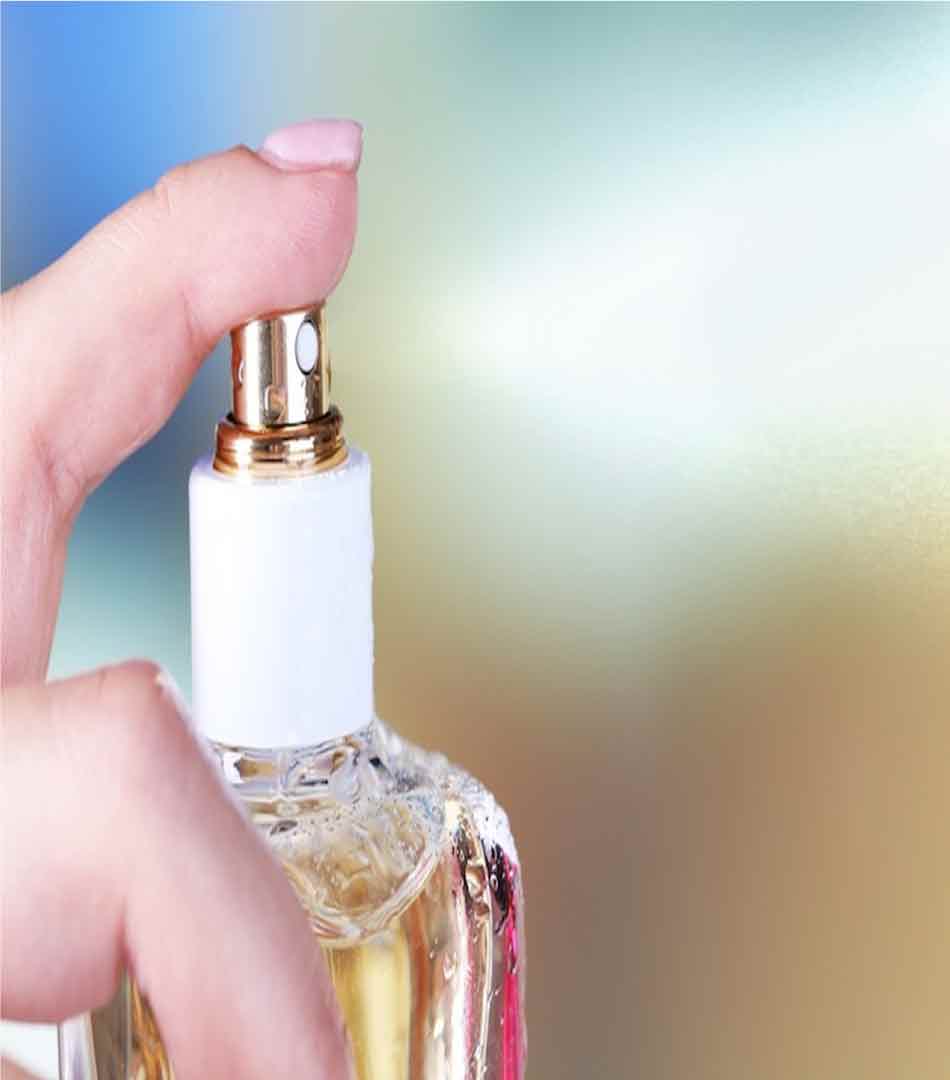
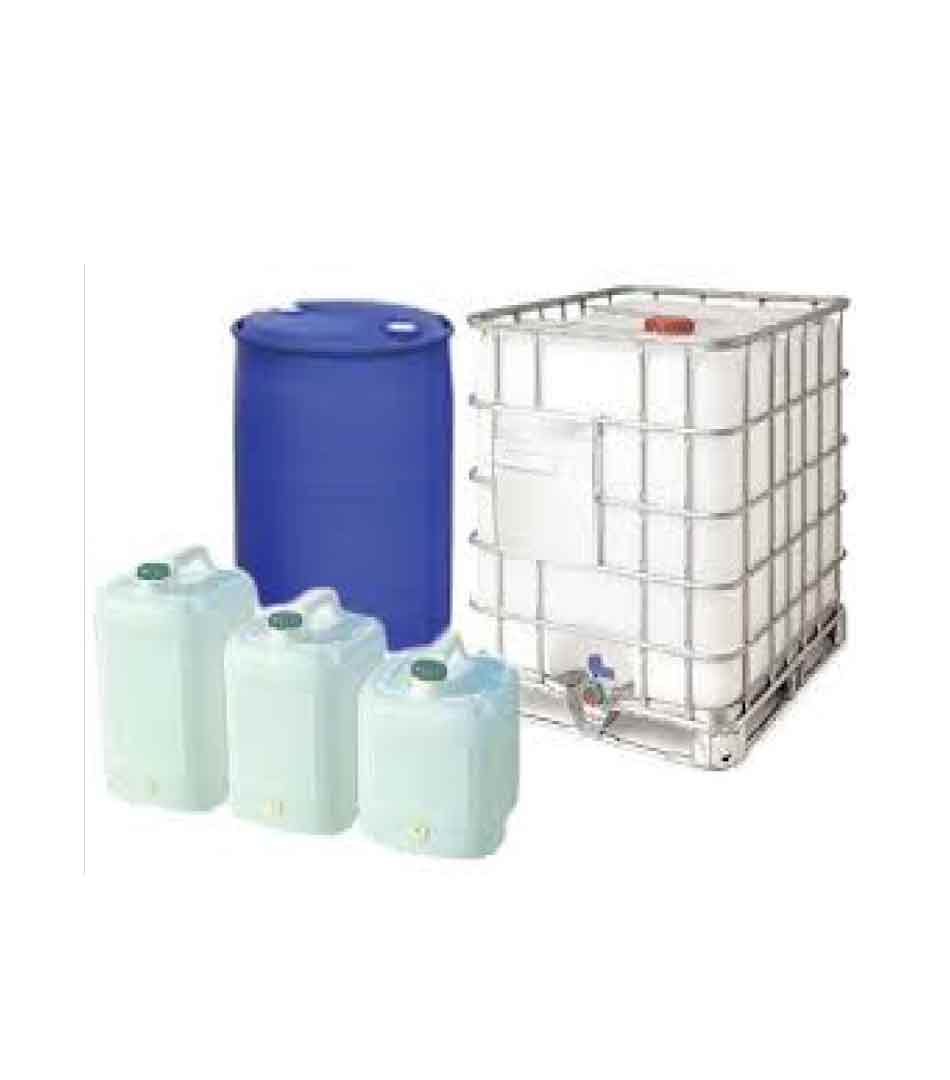
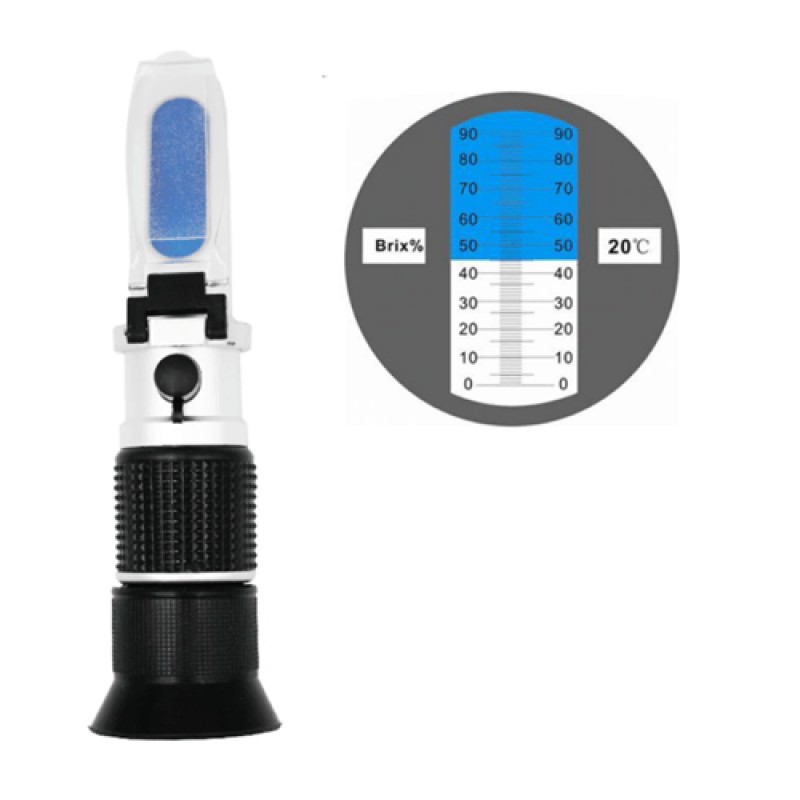

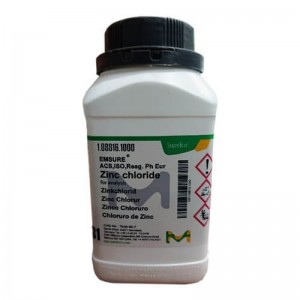
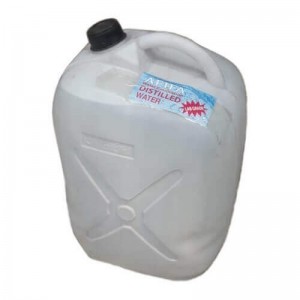
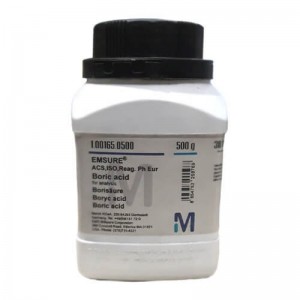
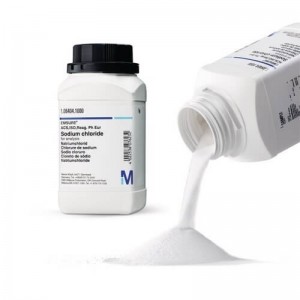
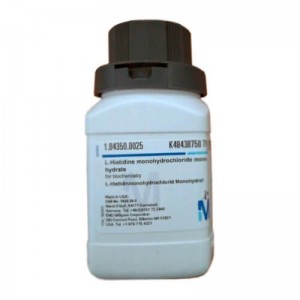
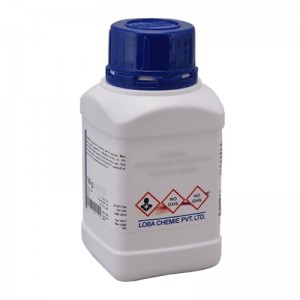
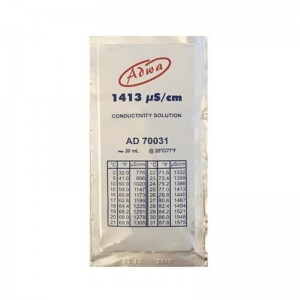
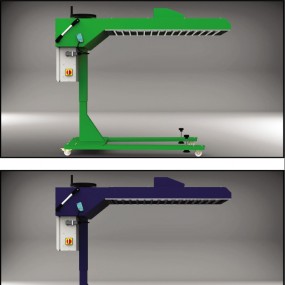
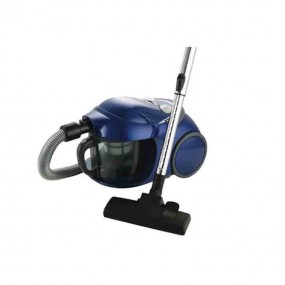
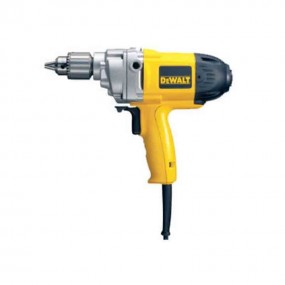
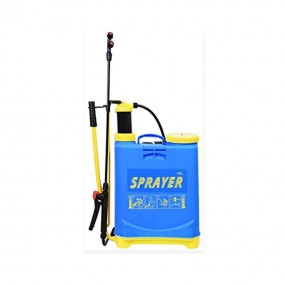
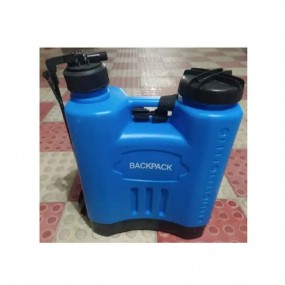
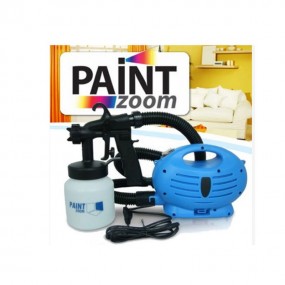
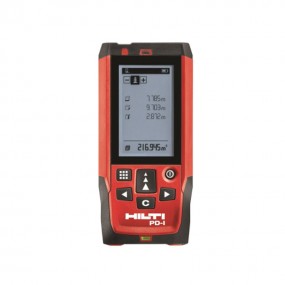
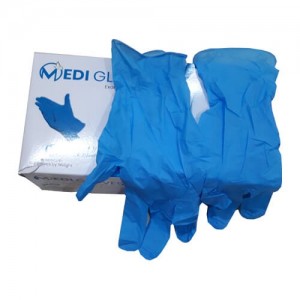
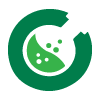
Login To Comment